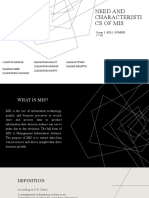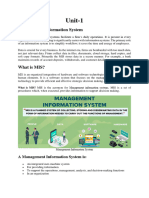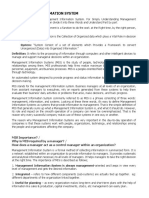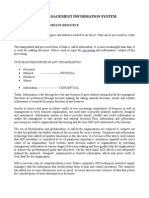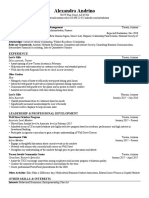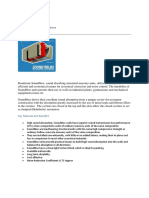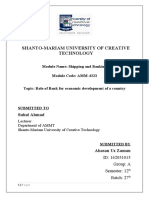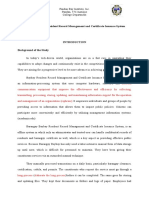0% found this document useful (0 votes)
85 views11 pagesMIS Assignment Mangesh
The document is an assignment on Management Information Systems (MIS) submitted by BCA 2nd-year students at Babasaheb Bhimrao Ambedkar University. It covers various aspects of MIS including its definition, role, advantages, disadvantages, organizational theory, management approaches, components of computer systems, data banks, and the evolution of information systems. The assignment emphasizes the importance of MIS in decision-making and organizational efficiency.
Uploaded by
rishimaurya893Copyright
© © All Rights Reserved
We take content rights seriously. If you suspect this is your content, claim it here.
Available Formats
Download as DOCX, PDF, TXT or read online on Scribd
0% found this document useful (0 votes)
85 views11 pagesMIS Assignment Mangesh
The document is an assignment on Management Information Systems (MIS) submitted by BCA 2nd-year students at Babasaheb Bhimrao Ambedkar University. It covers various aspects of MIS including its definition, role, advantages, disadvantages, organizational theory, management approaches, components of computer systems, data banks, and the evolution of information systems. The assignment emphasizes the importance of MIS in decision-making and organizational efficiency.
Uploaded by
rishimaurya893Copyright
© © All Rights Reserved
We take content rights seriously. If you suspect this is your content, claim it here.
Available Formats
Download as DOCX, PDF, TXT or read online on Scribd
/ 11























